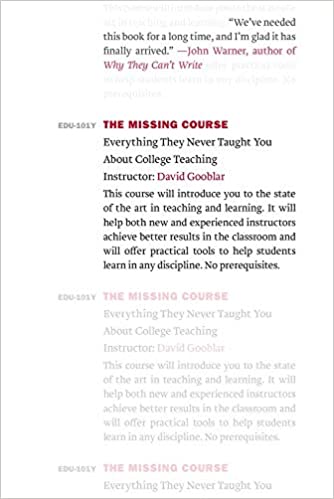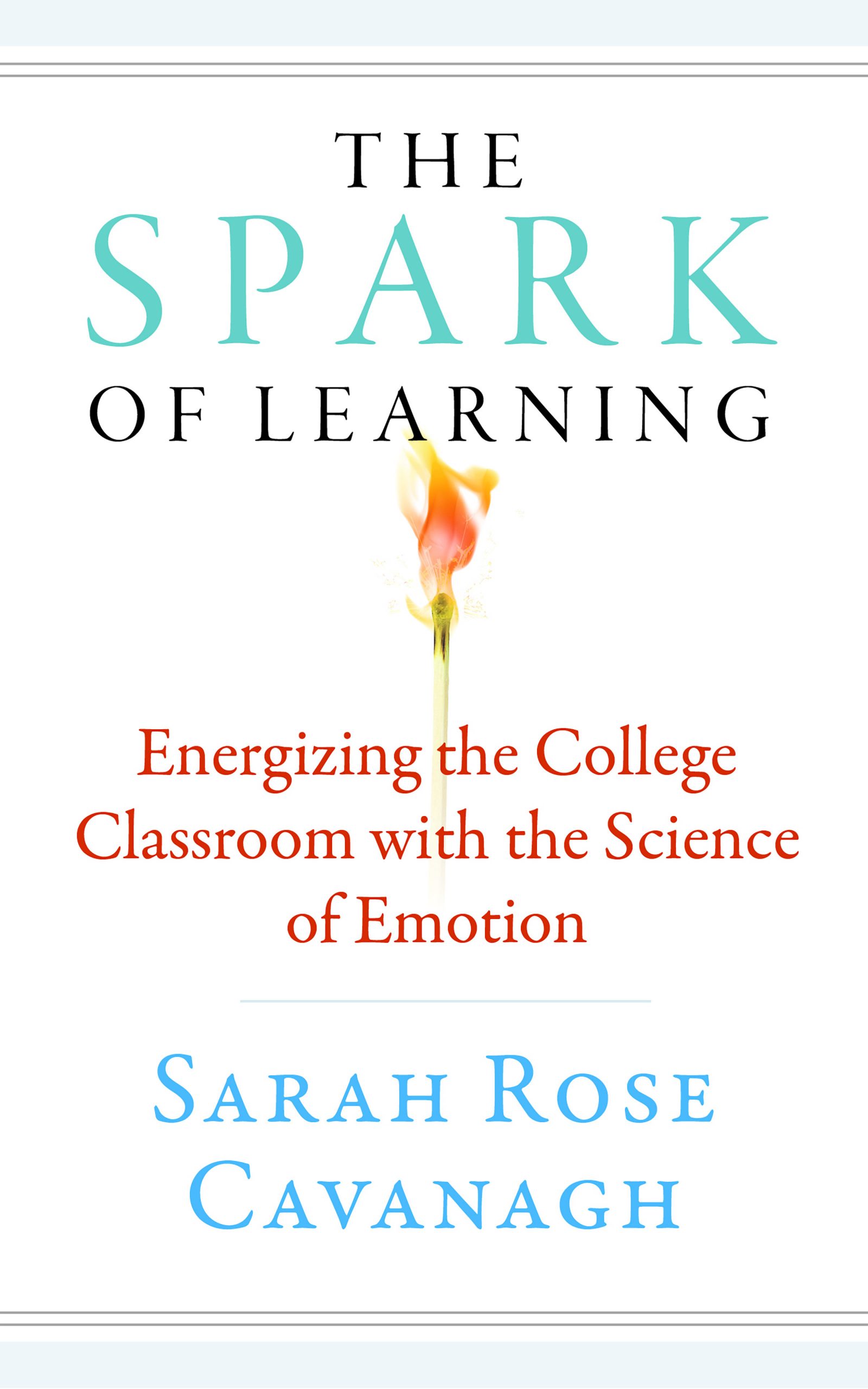Teaching Students How to Learn
Few undergraduates arrive at the university with a sophisticated portfolio of study strategies. Students may think learning mostly means memorizing, so they will spend hours going over notes and re-reading (or highlighting every line of) their books. Before they arrive in our classrooms, many of our students have had only limited opportunities to do their own reasoning in a school setting, or to feel the pleasure that comes with figuring out a tough problem or concept.
We will get better work from our students, and they will learn far more effectively, if we help them to learn about how learning works and to monitor and enhance their own learning processes. There are a number of ways we can offer guidance:
- Provide resources: Dr. Stephen Chew’s videos on effective studying are very useful (and you can post them on Canvas). The books Teach Yourself How to Learn and Make It Stick also have useful strategies for students, and both are available as free ebooks through FSU’s libraries.
- Take time to explain why we assign work. How will doing each assignment help students learn? What kinds of thinking do they need to be practicing and improving? These may seem so obvious to us that we forget to explain them, but students will benefit from hearing the rationale. It’s difficult for students to assess their own progresswhen the tasks we’re asking them to perform are mystified, so we will need to identify our own unstated assumptions and skipped steps and unbundle our thinking. Transparent assignments help students manage their projects by clearly defining the purpose, task, and criteria for evaluation. (A template is available here).
- Help them recognize the big picture. Novice learners in any domain may have difficulty distinguishing overarching concepts from minutiae. We need to help students make connections as they’re building their knowledge structures. One simple strategy to help them start making sense of what they’re learning is to have students list the three most important points from the day, just before they leave class. At first you may be dismayed by the gap between what you consider most important and what your students are writing down, but if you make a habit of requiring them to reflect on the lesson and then sharing your own perspective, over time your perceptions of the bigger picture and theirs should begin to line up (and you’ll also have great feedback on how you’re spending your class time, and how well it’s aligned with your goals). It’s also very important that we test and quiz on the most important concepts, rather than the details, since students will remember what they’re asked to retrieve.
- Prompt students to practice metacognition and self-regulation. Minute papers, think-pair-shares, reflective questions, and exam wrappers are quick tools for encouraging students to think about and take control of their learning. (Here are more suggestions.)
- Think aloud. Sharing your own thought processes—making your thinking “visible” for students—is a terrific form of modeling. Explaining what you see when you approach a problem or a question or an example, how you arrive at conclusions, what counts as evidence, or how you learned to perform various reasoning maneuvers will help them understand how an expert thinks and solves problems. Articulating all this may also help to slow you down, since these processes have probably become automatic. If you normalize thinking aloud, and examining your own thinking, it will be easier for students to follow suit when you ask them to talk through their reasoning.
These strategies don’t have to take up much of your class time, but they’re worth the investment of a few moments. Your students will learn more deeply, and remember more, so that they’ll be better prepared for the next course, or challenges down the road.
Upcoming…
Faculty Informal Lunch Meetups
Mondays | 11:30 a.m. – 1:00 p.m. | Bradley Reading Room in Strozier Library
Tuesdays | 11:30 a.m. – 1:00 p.m. | Conference Room in Dirac Library
CAT and the Libraries are excited to introduce Faculty Informal Lunch Meetups (FILM) every Monday in the Bradley Reading Room in the basement of Strozier Library, and every Tuesday in the Conference Room on the second floor (the floor where you enter) in Dirac Library. You can bring your lunch, meet colleagues, talk about teaching, exchange ideas, collaborate, vent, or simply have lunch—there is no agenda. (We may also have surprise guests.) No sign-up is needed to come to FILM. That said, if you’re interested in developing a research project about your teaching, also known as Scholarship of Teaching and Learning, please fill in this form. Feel free to bring your colleagues! Open to all faculty. Starts the week of September 19, 2022.
Fall Faculty Reading Groups
We still have some room in the following faculty reading groups. Each group will meet once a week for three weeks to discuss the books in sections. We hope you can join us! Please register here.
The Missing Course: Everything They Never Taught You about College Teaching
 Thursdays: 10/13, 10/20, 10/27
Thursdays: 10/13, 10/20, 10/27
2:00–3:30 p.m. in 432 DIF
Print copy, delivered through interoffice mail
Click here to explore the book The Missing Course.
The Spark of Learning: Energizing the College Classroom with the Science of Emotion
 Fridays: 10/14, 10/21, 10/28
Fridays: 10/14, 10/21, 10/28
11:00–12:30 p.m. in 432 DIF
Print copy, delivered through interoffice mail
Click here to explore the book The Spark of Learning.



